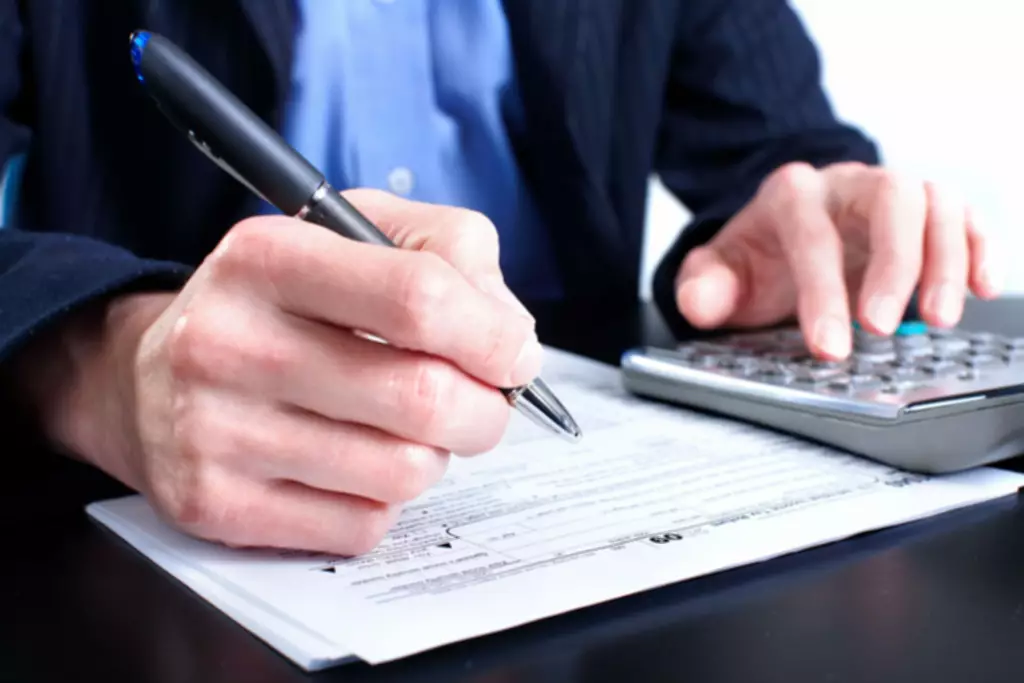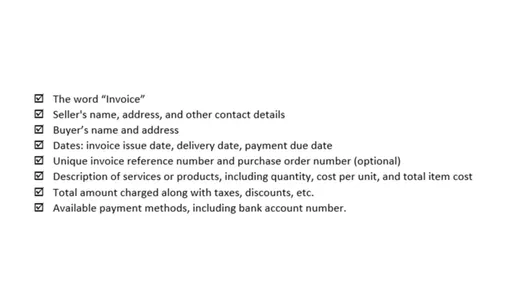Fully Depreciated Asset Overview, Calculation, Examples
2 August 2023 dans Allgemein | von fazli
Content

Businesses also create accounting depreciation schedules with tax benefits in mind because depreciation on assets is deductible as a business expense in accordance with IRS rules. Different companies may set their own threshold amounts for when to begin depreciating a fixed asset or property, plant, and equipment (PP&E). For example, a small company may set a $500 threshold, over which it depreciates an asset.

You’ll also have to prove that you owned the asset or had a lease on it, the type of disaster and when it occurred. You may be able to deduct losses to your business from federally declared disasters in a tax year.. For example, if an asset has a monthly depreciation period, and its last depreciation is in January, a depreciation run for June will cause a depreciation to happen for February, March, April, May, and June. Entities with property, plant and equipment stated at revalued amounts are also required to make disclosures under IFRS 13 Fair Value Measurement.
Composite depreciation method
If the sale price were ever more than the original book value, then the gain above the original book value is recognized as a capital gain. The straight-line depreciation is calculated by dividing the difference between assets pagal sale cost and its expected salvage value by the number of years for its expected useful life. Cost generally is the amount paid for the asset, including all costs related to acquiring and bringing the asset into use.[7] In some countries or for some purposes, salvage value may be ignored.
This is due to the matching principle, a basic principle of accrual accounting. Therefore, there is no use in calculating such insignificant depreciation. Additionally, some items may be partly depreciated, such as equipment or vehicles that are used both for personal and business use. All of these valuable business assets start to lose their value and will eventually need to be replaced. For example, an asset with a useful life of five years would have a reciprocal value of 1/5, or 20%. Double the rate, or 40%, is applied to the asset’s current book value for depreciation.
Depreciation (cost and revaluation models)
Under this method, the annual depreciation is determined by multiplying the depreciable cost by a schedule of fractions. There are several ways to depreciate assets for your books or financial statements, but the amount of depreciation expense on your books or financial statements may not be the same as what you deduct on your depreciable assets tax return. As a result, some small businesses use one method for their books and another for taxes, while others choose to keep things simple by using the tax method of depreciation for their books. For income tax purposes the depreciation depends on the tax regulations in the year that the asset is put into service.
This has the effect of converting from declining-balance depreciation to straight-line depreciation at a midpoint in the asset’s life. The double-declining-balance method is also a better representation of how vehicles depreciate and can more accurately match cost with benefit from asset use. The company in the future may want to allocate as little depreciation expenses as possible to help with additional expenses. The matching principle states that companies must record expenses in the same accounting period as the revenues they are related to. The purpose is to maintain consistency across the company’s income statements and balance sheets.
Comparing the Types of Depreciation
Spreading the expense over time will allow you more time to replace the aging asset. The depreciation rate is used in both the declining balance and double-declining balance calculations. The company decides on a salvage value of $1,000 and a useful life of five years. Based on these assumptions, the depreciable amount is $4,000 ($5,000 cost – $1,000 salvage value). It is based on what a company expects to receive in exchange for the asset at the end of its useful life.

Here is a summary of the depreciation expense over time for each of the 4 types of expense. NetSuite has packaged the experience gained from tens of thousands of worldwide deployments over two decades into a set of leading practices that pave a clear path to success and are proven to deliver rapid business value. With NetSuite, you go live in a predictable timeframe — smart, stepped implementations begin with sales and span the entire customer lifecycle, so there’s continuity from sales to services to support.
On the other hand, a larger company may set a $10,000 threshold, under which all purchases are expensed immediately. The total amount depreciated each year, which is represented as a percentage, is called the depreciation rate. For example, if a company had $100,000 in total depreciation over the asset’s expected life, and the annual depreciation was $15,000. How you calculate and pay capital gains taxes depends on whether the gain is short-term (held less than a year) or long-term (held for more than a year).
- Almost every business must invest in some major equipment, vehicles,
machinery, fixtures or furniture in order to operate. - Then, during the end of the accounting period, you can transform the data into charts and graphs for easier readability.
- Coastal Kapital LLC – a financial service leader in commercial equipment and asset-based lending.
- The span of the useful life is the number of years depreciation will be calculated.
- Even if you defer all things depreciation to your accountant, brush up on the basics and make sure you’re leveraging depreciation to the max.
- If the business is an S corporation, partnership or multi-member LLC, it cannot pass the Section 179 deduction on to shareholders, partners or members unless the business has income.

 gefällt mir
gefällt mir